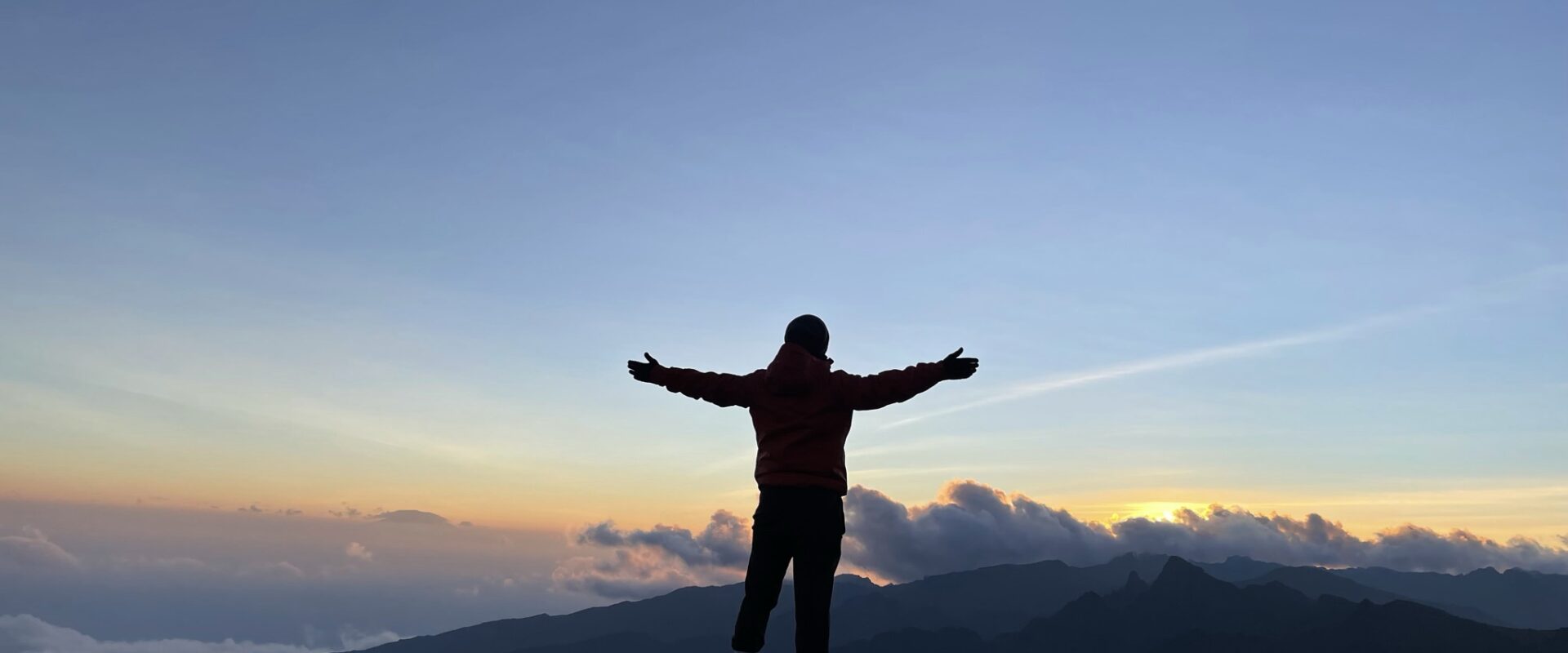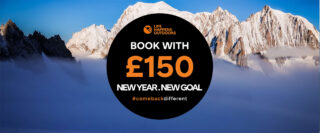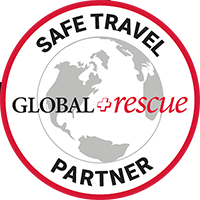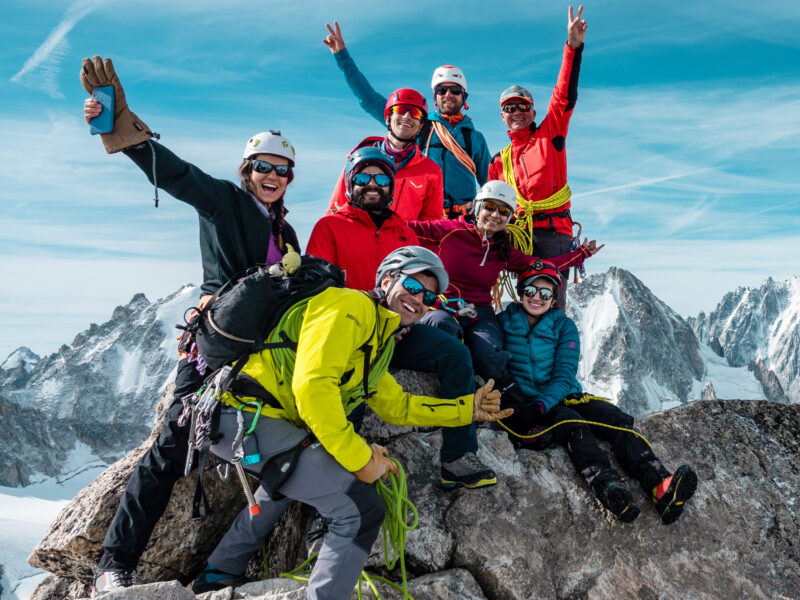BY Marwan Oueida | May 12 2023
How to Train for Kilimanjaro – A First-Timers Guide

If you’re a first-timer adventurer with aspirations of climbing Mount Kilimanjaro, the highest peak in Africa, then it’s important to begin training! But, with most of us living in cities and far away from any comparable trails to train on, the question is where to start?
First, let’s understand what we’re getting ourselves into. Mount Kilimanjaro stands at an impressive elevation of 5,895 meters, Although it’s not a technical climb, meaning we don’t use any mountaineering equipment beyond trekking poles and hiking shoes, it’s still a significant physical and mental challenge that requires proper preparation. Here are some training tips that helped me as a first-timer on Kilimanjaro and that i’ve developed over time that have made subsequent climbs much more enjoyable.
Training for Kilimanjaro – The Physical Prep
- Start slow, begin with light cardio exercises such as walking, cycling or swimming, and gradually increase intensity and duration. Let the body adapt!
- Strong legs and core muscles will help you carry your backpack and maintain your balance on the mountain. Do some squats and planks!
- Carry a backpack with weights and go on long walks. Don’t take this mean put 40 KGs. In fact, don’t go heavier than 8 KGs because the reality on the mountain is that your backpack should weigh half of that at all times. So, doubling up is simply to recreate the challenge of a lighter backpack but at higher altitude. I did this and by the time I started my Kili trek I barely felt my backpack. BTW a treadmill will do the job. Ff you’re feeling extra brave set it on 20-3- % incline.
- If you live somewhere with areas at higher altitude, try to spend some time at altitude prior to your climb. Don’t worry if you don’t have access. The LHO trips always account for enough time to acclimatize as part of the itinerary.
- Train with the gear you’ll be using on the mountain to get comfortable with it. Use the trekking shoes, poles, backpack and even take out those new socks for a spin or two. Make sure it fits well and consider the adjustments you need to make to feel as comfortable as possible. Blisters are something particular to look out for when trying everything together.
- Follow the LHO training guide it will do you wonders!
Training for Kilimanjaro – The Mental Prep
The person who has a why can bare any how. That’s to say, if you know why you’re going for Kilimanjaro or at the very least, your motivation to climb comes from within yourself, then your mind will understand why it has to push through the challenges to make it happen. If you don’t have the “why” then the challenges will feel unnecessary. It’s worth taking the time to sit with yourself and find that “why” or the many “whys” for choosing to take on a challenge like this.
Training for Kilimanjaro – The Spiritual Prep
This one is the most challenging to grasp. Climbing Kilimanjaro is a transformative experience that changes us in ways that are different from person to person. That’s why it’s important to come to an experience like this with humility and an open mind. For some this means talking to their priest or sheikhs. For others it means taking up a meditation or going simply going for a walk with our thoughts. Whatever works for you.
Don’t Forget to Use Our Support
LHO team leaders are trained to support you on this experience. We’re with you every step of the way and we’ll be there to capture your summit photos and equally be there in the challenging moments that lead up to it. We’re also here to talk if you’d like to jump on a call about your questions and concerns before booking or before flying out to meet us. You can book a call with us here.
About Life Happens Outdoors
At Life Happens Outdoors, we believe in the power of nature to transform lives. As proud members of the Adventure Travel Trade Association (ATTA) and the World Travel & Tourism Council (WTTC), our team of certified guides and outdoor professionals is committed to the highest standards of safety, sustainability, and excellence.
Discover more about our story and mission on our Meet LHO page, or explore our curated adventures such as the Tour du Mont Blanc Trek, the Climb of Kilimanjaro, and Chasing the Northern Lights.















